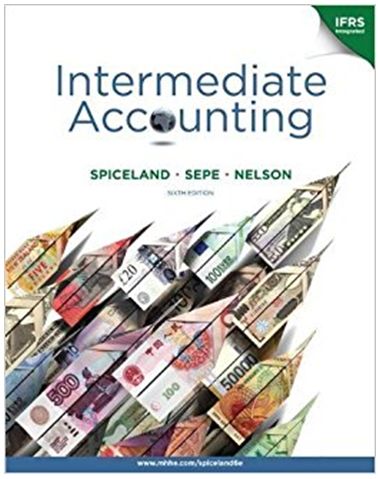Question
Berry Industries is evaluating four projects for potential inclusion in their 2016 capital budget. The table below contains the cash flows expected for each project.
Berry Industries is evaluating four projects for potential inclusion in their 2016 capital budget. The table below contains the cash flows expected for each project. Complete the table for the various capital budgeting methods indicated.
Additional information:
The company’s current financial structure is considered to be optimal
Berry is in the 40% marginal tax bracket
Berry currently has 25 million shares of common stock outstanding selling for $50 per share. The most recent dividend the stock paid was $3.00, and analysts predict that the company will grow at a constant rate of 9.5% in the future.
When estimating the cost of equity using the bond yield plus risk premium approach Berry subjectively adds 7% to the yield to maturity on its existing debt.
The following data is relevant for estimating the cost of equity using the Capital Asset Pricing Model (CAPM)
rf = 3.5%, Equity risk premium = 10%, Berry’s beta = 1.4
To estimate the cost of equity, Berry places more weight on the Dividend Discount Model. Consequently, they estimate the cost of equity capital using the following weights:
Component | Weight |
Dividend Discount Model | 50% |
Capital Asset Pricing Model | 30% |
Bond Yield plus Risk Premium | 20% |
There are 7,500,000 shares of Berry preferred stock on the market that pays an annual dividend of $7.50 per share. The preferred shares currently sell for $55 each. New Preferred stock will incur a $2.00 per share flotation cost.
Berry has $500,000,000 of outstanding debt (book value). The non-callable debt has an 8% coupon rate, pays annual coupon payments, matures in 15 years, and is currently priced at 93.4 percent of par value.
Berry expects to earn $150,000,000 in net income in the coming year and has a 40% dividend payout ratio.
Relevant information for the projects under consideration is in the table below. All cash flows are end-of-the-year cash flows.
TIME | PROJECT A | PROJECT B | PROJECT C | PROJECT D |
Initial Cost | $25,000,000 | $37,500,000 | $28,500,000 | $30,500,000 |
Project Life | 5 | 7 | 3 | 10 |
After Tax Cash Flows | $7,500,000 | $9,000,000 | $12,500,000 | $6,000,000 |
Complete the table for the capital budgeting methods indicated and select which projects Berry should pursue | ||||
Payback | ||||
IRR | ||||
NPV | ||||
MIRR | ||||
Select Y/N | ||||
Projects A and B are Mutually exclusive from each other, but independent from projects C and D which are mutually exclusive from each other.
What is the yield on Berry’s outstanding debt?
What is Berry’s after-tax cost of debt?
What is the yield on Berry’s preferred stock?
What is the flotation cost adjusted cost of preferred stock?
What is Berry’s cost of retained earnings using the bond yield plus risk premium approach?
What is Berry’s cost of retained earnings using the dividend discount model?
What is Berry’s cost of retained earnings using the capital assets pricing model?
What is Berry’s overall (weighted average) cost of retained earnings?
What are Berry’s expected additions to retained earnings?
What is Berry’s breakpoint for retained earnings (i.e. at what level of new capital will Berry have to issue new common stock and consequently incur flotation cost)?
Given the four projects under consideration, what is the maximum possible size of Berry’s capital investments next year (i.e. what is the most they could possibly spend)?
Will Berry need to issue new common stock? Why or Why not?
Which project(s) should Berry undertake? Why?
Step by Step Solution
3.32 Rating (155 Votes )
There are 3 Steps involved in it
Step: 1
Answer Cost of Equity as per Capital Asset Pricing Model R f Beta R m R f 35141035 126 Cost ...
Get Instant Access to Expert-Tailored Solutions
See step-by-step solutions with expert insights and AI powered tools for academic success
Step: 2

Step: 3

Ace Your Homework with AI
Get the answers you need in no time with our AI-driven, step-by-step assistance
Get Started


